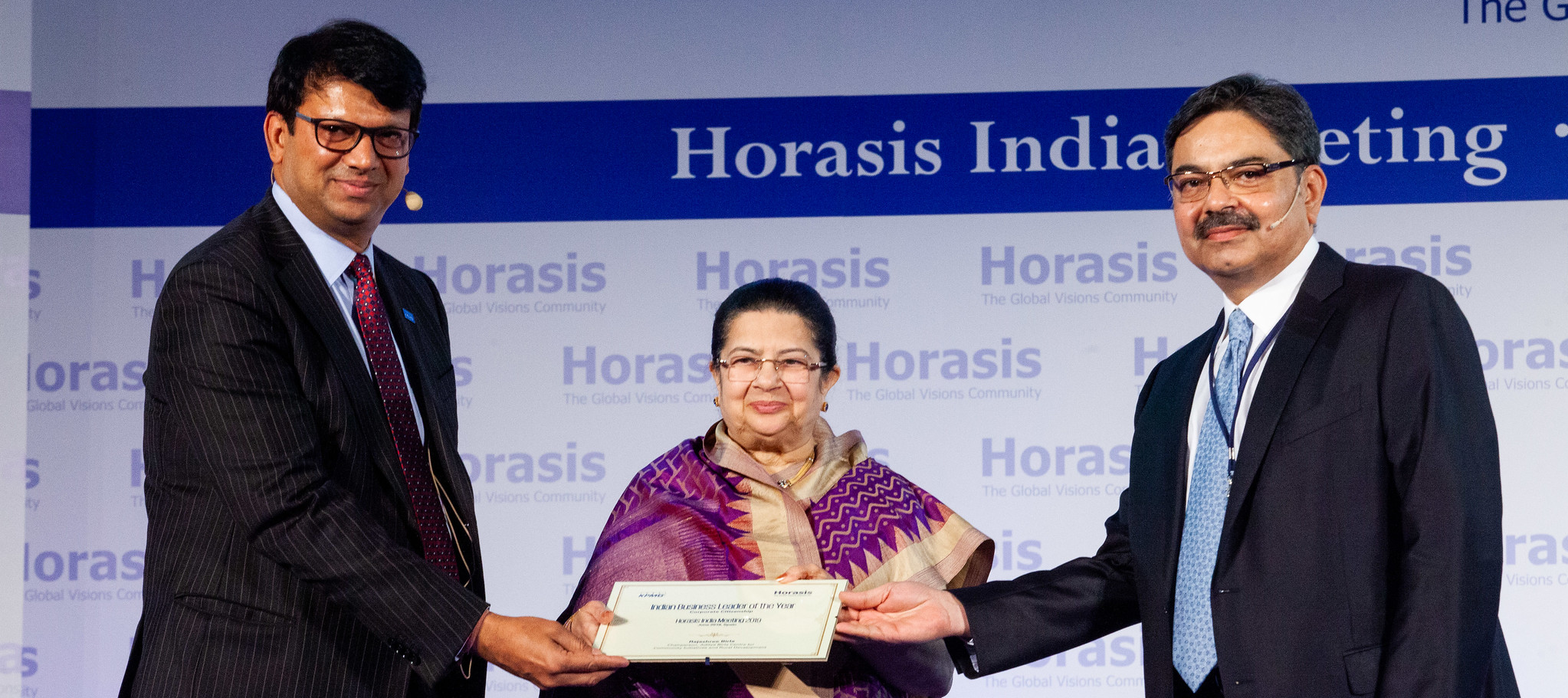Steering from a New Cold War to an Era of Hope
The US and China has had escalating trade friction in the recent past. The US wanted to reshore manufacturing activity and therefore began imposing high tariffs on several import categories from China. The Chinese, in turn, adopted retaliatory steps. Over the past few years, the US-China trade tensions have not yielded perceivable benefit for either party. In effect, what has been most obvious are its glaring negatives that have not only impacted their respective economies but have cost livelihoods or resulted in lower incomes for numerous households.
The events that have unfolded are akin to the US-Russia Cold War from several decades ago. It was a geopolitical gamble that concluded with the breakup of the erstwhile USSR into several countries but fortunately, a potentially catastrophic nuclear outbreak was dodged. Had it taken a turn for the worse, the planet might well have been rendered uninhabitable. In the current scenario playing out, a military confrontation has not been sparked. Rather, a ‘trade-war’ has acquired centerstage and it is showing no signs of abating – even with a new administration under President Biden.
These are crucial areas of contention that must be deliberated upon. The resulting economic fallout does not benefit either party and it is ultimately the most marginalized sections of society in either country that will bear the brunt of these unfortunate events. In light of these issues, Horasis is convening the Horasis Asia Meeting on 30 November 2020. It is a virtual event that will be conducted on the innovative online conferencing platform Run the World.
Preventing a New Cold War
The great wars of the 20th century are firm reminders of the devastation and loss that is associated with conflict. The United Nations was formed after World War 2 to bring nations together on a common platform and prevent the outbreak of another such catastrophic event. For the most part, it has worked well.
In the recent past, however, tensions have been stoked between an increasingly assertive China and the incumbent US. Trade protectionism seems to have become the order of the day with many other countries also following suit, especially in the pandemic’s aftermath. The current wave of globalization had begun some three decades ago and its existence has never been more threatened than it is now – with deglobalization taking centerstage across the world. But is this strategy likely to benefit either country? Are simmering Cold War-like tensions going to alleviate the pressing problems that the world faces?
Pressing for Greater Stability Between Superpowers
Trade protectionism has well-meaning intentions at its core. It seeks to retain manufacturing of products and services within the geographical boundaries of a country. The idea is that it will boost economic growth within the country. It is expected to do so by discouraging the import of items that entail outflow of valuable monetary resources and subsequently lead to trade imbalances. In case of the US treading a highly protectionist stance, the expected outcome was that it will lead to less imports from China and boost domestic manufacturing. This, in turn, was expected to contribute to local job creation in the US.
However, the well-meaning intentions have resulted in heightened animosity between both superpowers and done little to create jobs locally. The ongoing trade conflict has inflicted economic woes not only on the two concerned parties but for the wider supply chains that are based across the world. The tensions must deescalate because the consequences are in clear view. Stability between the two superpowers must be prioritized by global governments with utmost urgency.
How Can the Superpowers Engage?
China’s meteoric economic rise granted it significant global influence. In much the same way as the US secured world dominance, beginning in the mid-20th century, similar is the case with China today. It is a manufacturing powerhouse and its citizens have made noteworthy socio-economic gains. Increasingly, China has adopted a multilateral stance and engaged at a global scale whereas the US under President Trump gradually withdrew from multilateral arrangements and institutions to focus on the “America First” policy. With a new administration under President Biden set to take over, the US too must look beyond trade protectionism and rediscover true multilateralism.
Together, collaborative efforts must be encouraged to alleviate the more basic problems at hand – of poverty, climate change, and water and food scarcities. Gender gaps must be addressed, healthcare and education improved upon and enablers have to be put in place to ensure more equitable wealth distribution. Both China and the US as superpowers are in possession of immense technical knowhow. It will, therefore, be an epic waste of resources if their combined learnings are only allocated towards furthering a conflict – one whose outcome is unlikely to yield a victor or vanquished. For the US, it is a new chapter, and as has been already laid out by the incoming administration, a return to participation in global institutions and agreements could spell a new era of hope – one where multilateralism is of utmost importance.




